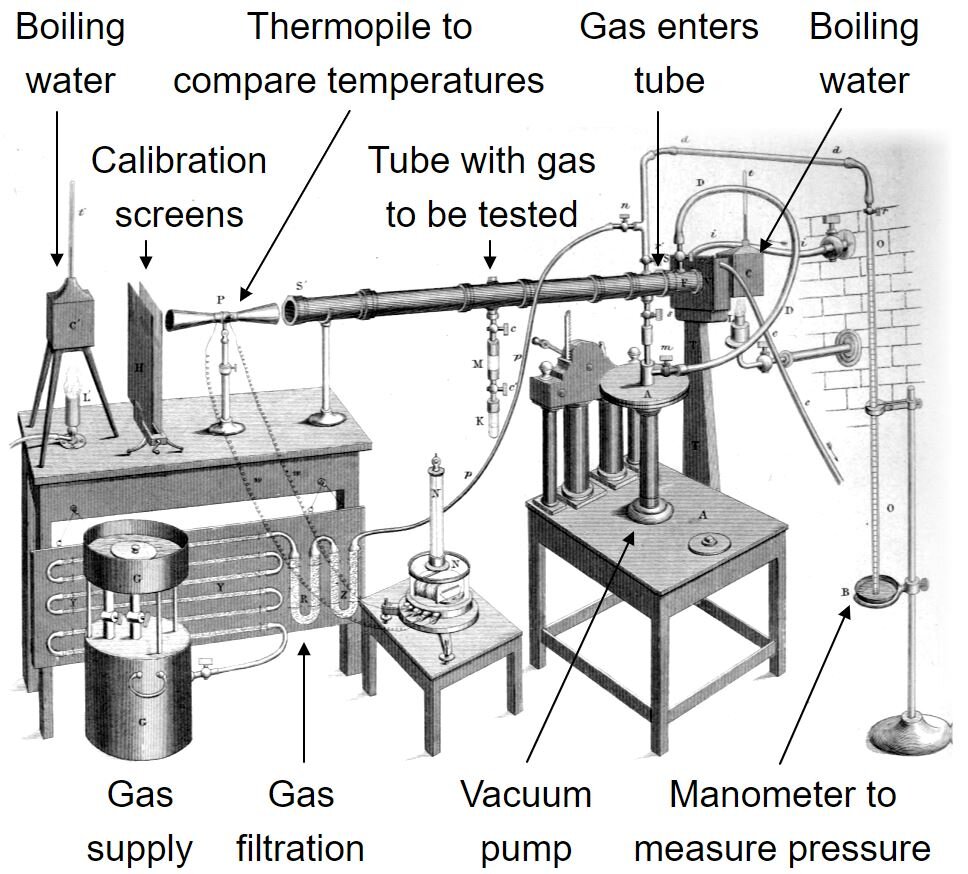Air Pollution, Climate Change, and Co-Benefits
In this post from NET-ZERO:
Why is Air Pollution linked to Climate Change? How fossil fuel combustion is responsible for more than 90% of all air pollutants.
How many people die from Air Pollution each year? Outdoor air pollution leads to the premature deaths of 4-9 million people each year, all over the world. Indoor air pollution kills 4 million people, mostly in developing countries.
Why does air pollution create health problems? How particulate matter infiltrates the body and leads to heightened risk of respiratory disease and heart failure.
Will climate change action help air pollution? Yes, shifting global energy systems to net-zero will reduce the combustion of fossil fuels and eliminate most air pollution issues.
Air Pollution - The Environmental Trojan Horse
Whereas the rising water, heat, and extreme weather caused by climate change will launch an allout frontal assault on the world, air pollution is the environmental Trojan horse. The desecration of the air we breathe is often overlooked in relation to climate change, but the combustion of fossil fuels doesn’t just emit CO2, it is also responsible for more than 90% of all air pollutants.
Burning coal, oil, gas, and wood in our homes, cars, industrial processes, and power plants not only releases CO2 but a whole host of atmospheric pollutants such as fine particulate matter, nitrous oxides, sulphur oxides, and ozone.
These invisible gases linger in the lower atmosphere, infiltrating our every breath, traversing through our lungs, and into our bloodstream. The effect is to agitate the airways, reacting in our bodies and heightening the risk of respiratory diseases such as asthma, pulmonary conditions, chronic bronchitis, and lung cancer.
The strain placed on the body stops blood vessels relaxing, natural anti-clotting mechanisms are reduced, and fine particles help block arteries and thicken the blood leading to degenerative heart disease and heart attacks.
The Deadly Impact of Air Pollution
The World Health Organisation (WHO) and Lancet research estimate that over four million people die prematurely each year due to outdoor air pollution. More recent research suggests that the number of deaths from outdoor fine particle air pollution could be at least double these estimates, closer to nine million premature deaths each year – responsible for 30% of all deaths in East Asia, 17% in Europe and 13% in the US.
Another four million die from indoor biomass (wood or dung) burning on open stoves in developing countries. More than 600,000 deaths are of children under the age of 15 and in these areas air pollution accounts for 1 in every 10 deaths of children under five years old.
Air pollution reduces total life expectancy of all humans by 150-200 million years or an average of 1.5-2 years per person - making it one of the leading risk factors for death.
Air pollution ranks as the number one risk factor leading to death in China and India with over 2 million deaths per year or about 100 deaths per 100,000 people. Developed countries fare better, but air pollution still ranks as a leading risk factor, responsible for nearly 100,000 premature deaths per year in the US or nearly 20 deaths per 100,000 of the population.
Progress in many developed countries has been made to clean up the air by switching away from wood or coal burning stoves, moving power plants out of cities in the 1950s, adding catalytic converters to cars in the 1970s, and taking sulphur out of fuel in the 1980s. Death rates have declined, but mostly driven by lower indoor air pollution.
Despite these efforts, eight million people continue to die each year globally. That’s 14% of all deaths worldwide. Regulation such as the UK’s clean air act in 1956, and the US’s in 1963, have cut much of the visible smog from major cities like London and New York. But, more than 80% of those living in urban areas all over the world are breathing air with pollutants exceeding recommended limits. The air in many cities across the developed world is rife with invisible PM2.5, nitrous oxide, and dangerous ozone. Most cities across the developing world still lack basic air pollution regulations at all.
London’s air may look cleaner today, but it still regularly breaches the recommended limit of 25 micrograms of PM2.5 per cubic metre creating risks for those with existing health problems, children, and the elderly.
Beijing can reach hundreds of micrograms of particulate matter for weeks at a time – the equivalent of stepping into a busy smoking lounge every time you venture outside. The International School of Beijing now has a pressurised dome for its children to play “outside”.
Delhi has some of the most toxic air on the planet which can breach one thousand micrograms; one in three adults and two in every three children have respiratory problems.
As the global population continues to grow and energy consumption rises per person, so does the air pollution unless we do something about it. Total deaths will climb from eight million today to 14 million per year by 2060 if no systems change is made.
What is Air Pollution?
Here are some of the offending pollutants which mingle with the air we breathe and create a whole host of health and environmental problems:
Particulate Matter is one of the most dangerous. PM are small particles of carbon not converted to CO2 during combustion. Transport accounts for half of these emissions, electricity generation and industry the other half. Large PM10 (10 thousandths of a millimetre wide or less) give smoke its hazy appearance and can penetrate deep into the lungs. Smaller PM2.5 particles, more commonly produced in modern combustion processes, are invisible and readily pass through our lungs and into the bloodstream. Particulate matter is emitted by all combustion processes but is particularly high in log burners, coal fired power plants, industrial coal heating, and cars (particularly diesel).
Nitrous Oxides are another class of pollutant responsible for degrading the air we breathe. Nitrous Oxide or NOx represents NO and NO2 which are formed from the nitrogen and oxygen in the air during high energy combustion processes taking place in car and plane engines (80%) and in gas boilers (20%). NOx agitates the lungs and acidifies soil and water.
Ammonia or NH3 is a common fertiliser which, when used excessively, releases ammonia into the air. It is also released from the manure of livestock reared on protein intensive diets. Ammonia, like NOx, agitates the lungs, eyes and acidifies the environment.
Ozone is formed when NO2 and VOCs (Volatile Organic Compounds from the fumes of petrol or released naturally from forests) meet in the presence of intense sunlight. Ozone (O3 ) is very useful at higher levels of the atmosphere, shielding us from harmful ultraviolet radiation and breaking down other atmospheric pollutants, but at lower levels, ozone is dangerous. It is a highly reactive species which inflames lung tissues, triggers asthma attacks, and is toxic to plants and animals.
Sulphur Dioxide is formed from the oxidation of sulphur impurities found in so-called sour crude oil or coal. SO2 is the key ingredient of acid rain which kills aquatic life, erodes buildings, and releases aluminium from soil, killing trees and plant life.
Solving Air Pollution - A Major Co-Benefit of Net-Zero
The majority of health risk from our energy system today is not from coal mining accidents, oil spills, or nuclear meltdowns but from the respiratory disease and heart failure caused by harmful air pollution emitted during the combustion of fossil fuels and wood.
Statistically, the safest forms of energy generation are nuclear, solar, wind, and hydroelectric, with less than two deaths per billion kWh of energy supply. Coal, oil, and wood biofuel are the worst offenders with 50-250 deaths per billion kWh, thanks to air pollution.
To improve air pollution whilst still burning fossil fuels is possible but would cost around 0.5% of GDP to upgrade to the best performing technology. Switching the energy system and economy to net-zero not only avoids the worst impacts of climate change, but it will clean the air we breathe to an even higher standard, it will reduce the mortality rate by 90%, preventing seven million premature deaths per year, and we can do it whilst creating a cheaper, more resilient, reliable energy system.
For more details on Global Air Pollution see Tim Smedley’s excellent book “Clearing the Air”


































